
Can Cupping Cause Blood Clots?
Curious about the potential link between cupping and blood clots? This blog delves into the ancient practice of cupping therapy, its resurgence in popularity, and the science behind its effects on blood circulation. We'll explore whether cupping poses any risks for blood clots and provide insights into the precautions needed for safe practice. Stay informed about this traditional therapy and its implications for your vein health.

Soleal Vein and DVT: Understanding the Hidden Risk in Your Calf
Deep vein thrombosis (DVT) can be dangerous, but understanding it is the first step to prevention. This blog explores DVT, with a focus on the often-overlooked soleal vein, a small calf muscle vein prone to clots. Early detection is crucial, and this blog will equip you with the knowledge to recognize symptoms and explore treatment options. Center for Vein Restoration is your partner in vein health, offering expert care for DVT and soleal vein thrombosis.

Telangiectasias: Causes and Treatment Options
This blog discusses some potential causes of telangiectasias, commonly called spider veins, as well as related conditions, and two highly effective treatment methods: visual and foam sclerotherapy.

Are Varicose Veins Always Painful?
This blog delves into what contributes to varicose vein pain, potential complications and their signs, and treatments that can provide the best chances for long-term relief.
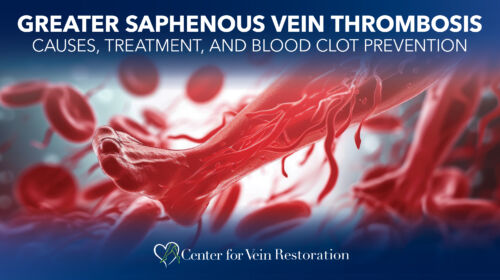
Greater Saphenous Vein Thrombosis: Causes, Treatment, and Blood Clot Prevention
Learn what a great saphenous vein thrombosis (GSVT) is. Discover how blood clots in the GSV can lead to deep vein thrombosis (DVT) and the potentially life-threatening condition of pulmonary embolism (PE). Explore the risk factors, symptoms, and modern treatment options available to manage and prevent these dangerous blood clots. Stay informed and proactive in maintaining your vascular health with expert insights and advice from Center for Vein Restoration.
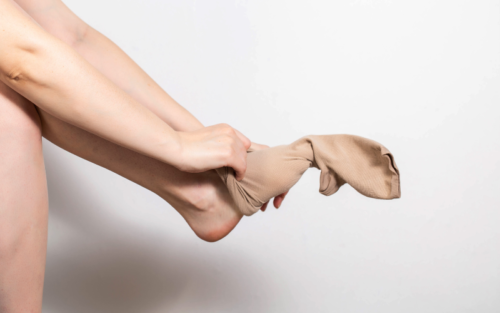
What are the Main Causes of Swelling in a Single Leg?
Have you noticed that one of your legs is swollen but not the other? People wonder when to be concerned about lower extremity leg swelling (edema). Many vein diseases provoke swelling, so it is difficult to diagnose without the help of a medical professional. Some of these problems are mild; others are medical emergencies.

What Medical Condition Causes Varicose Veins?
Varicose veins are often linked to a medical condition called chronic venous insufficiency (CVI), which is a type of vein disease. In CVI, the valves in the leg veins, responsible for preventing backward blood flow, weaken or get damaged. This leads to the improper flow of blood, causing it to pool in the veins. As a consequence, the veins become enlarged and twisted. In this blog, we explore varicose vein disease, providing information on risk factors, preventive measures, and treatment options for problematic leg veins.
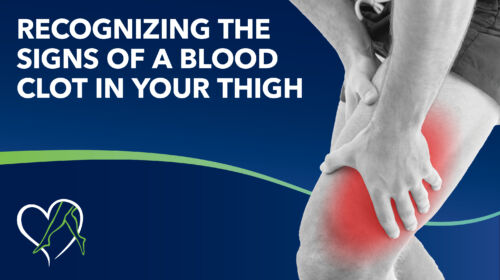
Recognizing the Signs of a Blood Clot in Your Thigh
This blog stresses the importance of recognizing deep vein thrombosis (DVT) symptoms and risks, particularly in the thighs. It highlights the prevalence and mortality rates of DVT and pulmonary embolism (PE), underscoring the need for early detection. The article outlines common symptoms, risk factors, and preventive measures, concluding with a recommendation for prompt medical attention and introducing the Center for Vein Restoration's services. Overall, it emphasizes the critical role of early detection and professional intervention in addressing DVT.
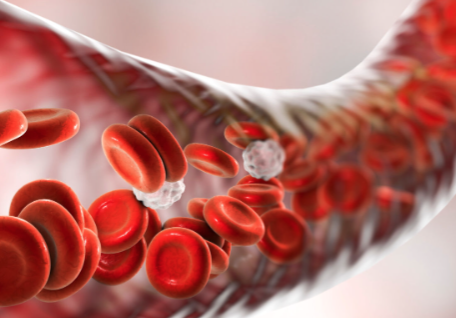 About Vein Disease
About Vein Disease
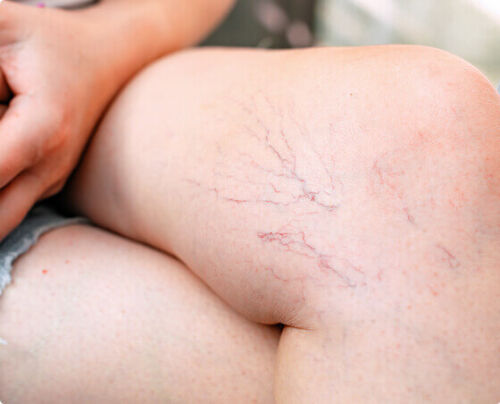 Spider Veins
Spider Veins
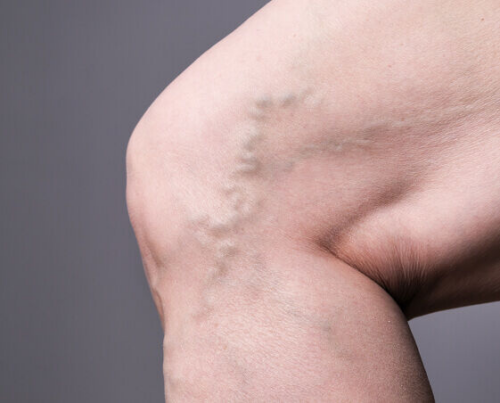 Varicose Veins
Varicose Veins
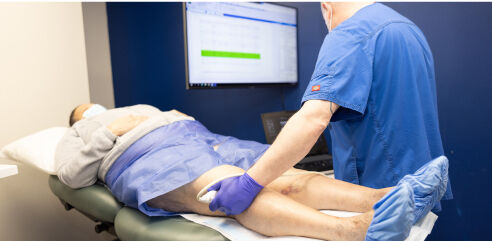 Vein Disease Treatments
Vein Disease Treatments
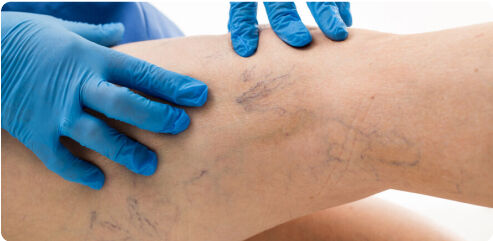 Treating Spider Veins
Treating Spider Veins
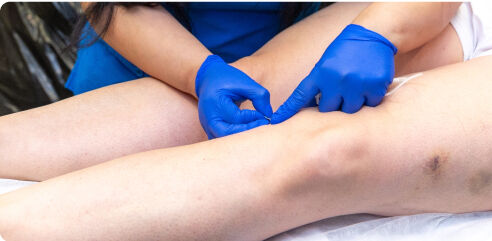 Treating Varicose Veins
Treating Varicose Veins
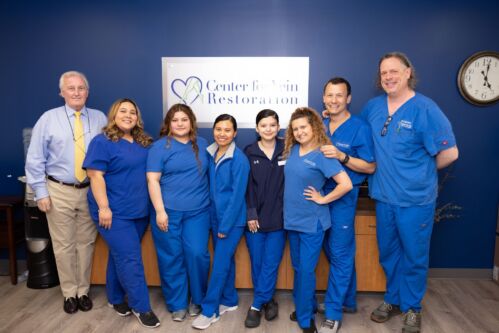 About Us
About Us
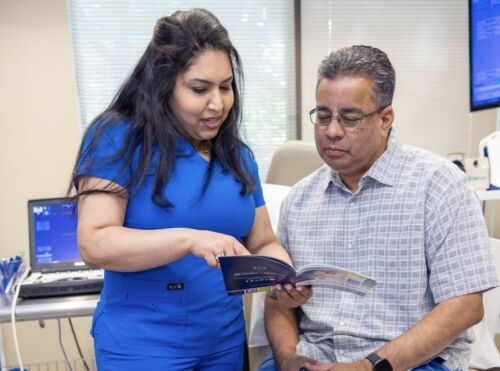 Patient Resources
Patient Resources
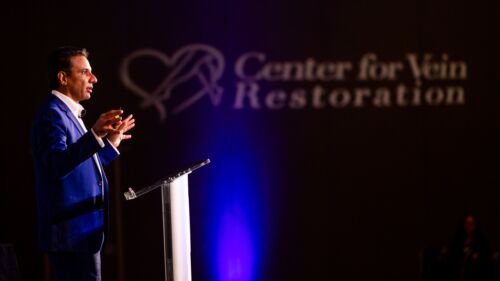 Physician Resources
Physician Resources

